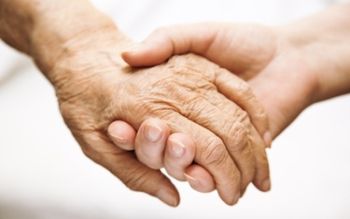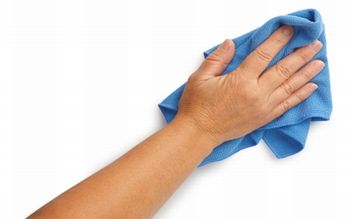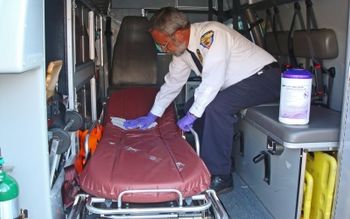
As a seasoned veteran of the professional cleaning industry, Linda Bowman brought years of experience to her job as group leader in environmental services when she came to Adventist Hinsdale Hospital in 2002. But her prior work was for shopping malls and office buildings. When she began her job at Adventist Hinsdale Hospital, it was the first time she worked in health care environmental services. She found the change significant.








